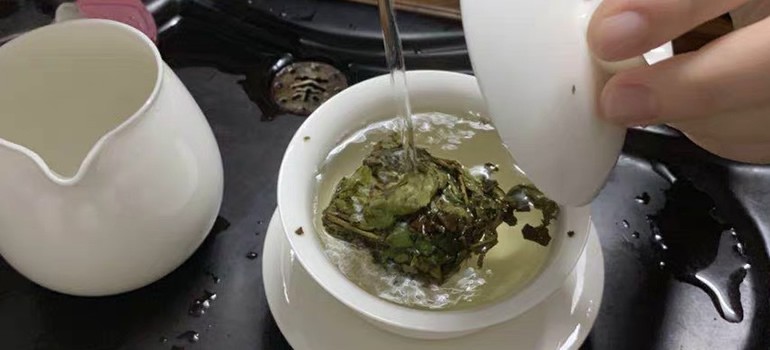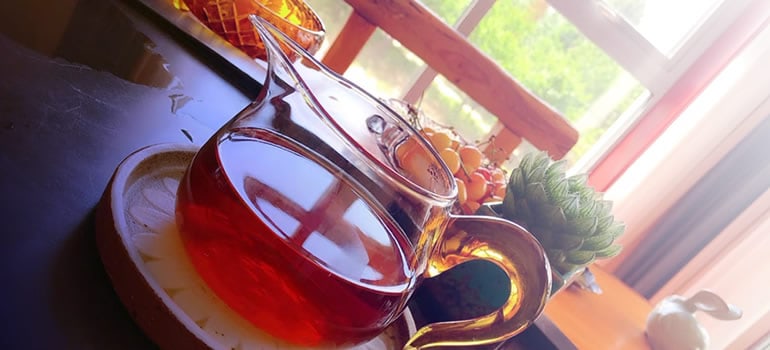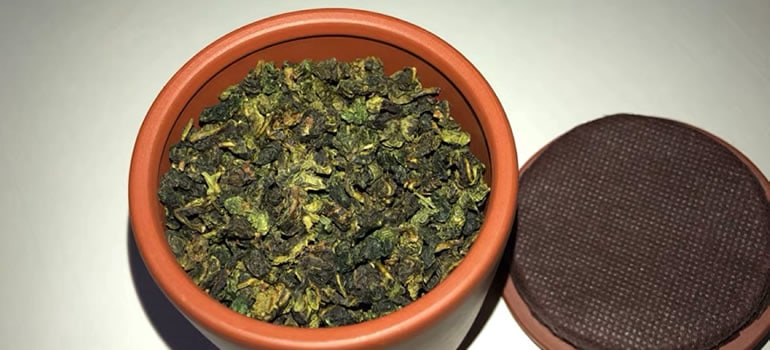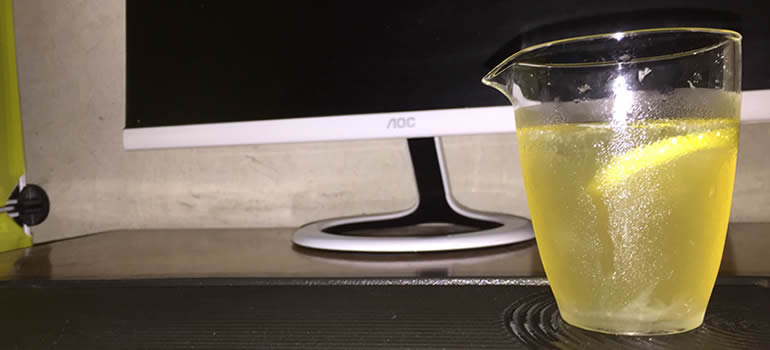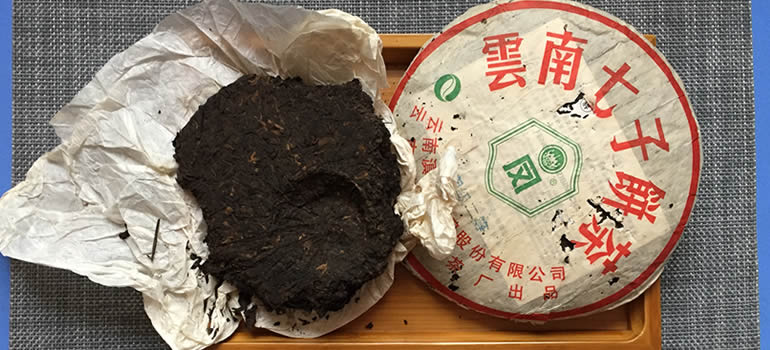
Pu erh tea remains one of the best tea of choice of many tea lovers all over the world. We are here to guide you on the different things that you should know about this tea. We have researched this topic intensively to give you a good background about it. For sure, there are so many different things you need to know! So, check out our article and start to gain more knowledge about the pu erh tea. This post will be an all-in-one read and will surely keep you up with the essential information about this tea product.
Pu erh tea has a lot of great facts that will surely benefit you:
- The pu erh tea is commonly known as the black tea which traces its origin from the far east section of the world.
- There are so many different ways on how to make it, and how to prepare it as a revitalizing drink or beverage.
- Apart from giving you a good type of drink, it also offers a lot of good health benefits that could help you out on different aspects of your wellness.
For sure, there are a lot of things that you will love about this tea. Knowing more about this tea will make you more knowledgeable on different ways on how you could maximize your tea experience. If you want to have a different kind of tea, try it. It might be a little different from the usual tea varieties. But for sure there are still so many things that will make it on top among the others.
We know that that was a lot of information to take. Don’t worry as we are more than happy to elaborate on these ideas for you with this post. Keep reading and pay attention. The next details will help you know more about the essential things that you should know about the pu erh tea.
What is Pu Erh Tea
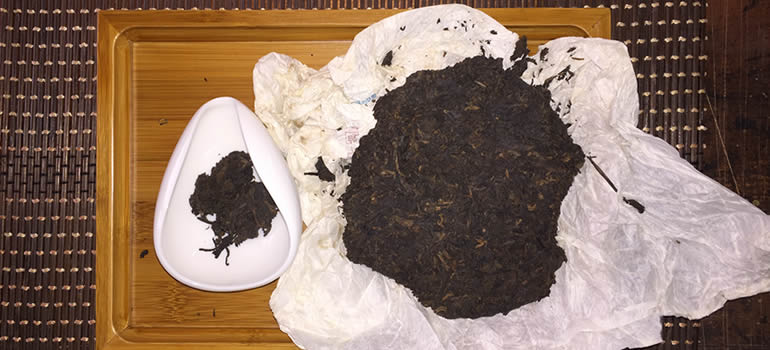
Pu erh tea, commonly known as the “black tea” originated from the far East part of the world. Most of this tea variety comes the province of Yunnan in China. Production of this tea started from the Han Dynasty or from 25-220 CE (Common Era).
Pu erh tea is commonly harvested from a larger oriental leaf variety called the Dayeh. These tea leaves come from the camellia Sinensis family which are classified as ancient shrubs. It became famous for tea production for its good qualities. These shrubs usually grow in tropical and temperate areas and could be harvested all year round. Though they could be harvested any time of the year, expert tea manufacturers say that the best time should be in mid-spring.
The mid-spring harvest results in the good quality of leaves. The temperature during this season impacts the flavor profile of the pu erh tea. This results in a rich flavor and texture for the tea drinker’s palate. They say that it could range from bold flavors of smooth, grassy, musky, fruity, earthy and even the herbal flavors.
The process used in producing Pu erh tea
To produce the pu erh tea, they first dry and roll the leaves for it to darken and change in flavor. After the drying, they use the post-fermentation process. This means that the tea leaves undergo a microbial fermentation process. This process improves the tea leaves as it ages. If you are familiar with wine production, it works the same way. The longer the tea leaves are kept and stored, the better the flavor will be the result. With this process, it also makes the tea fresh for even up to 50 years.
The raw and authentic pu erh tea are usually found in brick form or in loose tea leaf form.
Types and varieties of the Pu erh tea
The pu erh tea comes in two different types. These are the raw and ripe varieties. The difference comes from the amount of processing time used after the tea leaves were harvested and withered.
Raw variety of the pu erh tea
They usually produce the raw variety by leaving the leaves to wither naturally and left stocked in piles. The piling works like a compost pit wherein they just leave the leaves to undergo natural bacterial fermentation. After this, they pan-fire or heat up the leaves using tin pans to stop the fermentation process. Then, they store it dry to slowly allow the leaves to oxidize over time. Right after the oxidation, they now compress it into blocks, or just pack it in loose-leaf form. This results in a more natural and fruitier flavor of the pu erh tea.
Cooked variety of the pu erh tea
Unlike the raw variety processing, they don’t go with the natural fermentation with the cooked variety. Instead, they are manually adding cultured bacteria to the leaves after it has been picked and withered. They do this to hasten up the process of fermentation. Right after the fermentation, they then cook or fire up the fermented leaves in a hot and humid environment. They also leave the leaves stored in very warm storage to have it oxidized for 40 about 40 days. This process results in a dark, earthy, and more pungent flavor.
As the years go by, pu erh tea manufacturers became more innovative. Some are already producing a combination of the raw and the cooked varieties of the tea. The mix up the same portions of the two different varieties to produce a mix of dark and light leaves. Tea drinkers describe the flavor to be more neutral and herbal.
How to make a pu erh tea
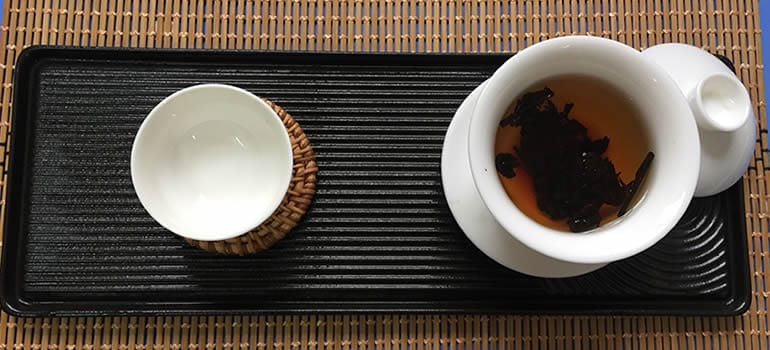
Just like any other teas out in the market, preparing a pu erh tea is also simple. Though there are some ready-made or bottled pu erh tea in the supermarket, it is still best to prepare at home! It gives you a more authentic and more bespoke kind of tea experience.
You can find a lot of different ways on how to prepare this type of tea online. But the original way on how to prepare it calls for 3-4 grams of tea leaves for a cup or 250 ml of water. Pu erh tea sold in bricks should be properly measured properly for a good flavor. While pu erh tea sold in tea bags are already good to go, as they are measured between 3-4 grams.
Once you have measured the leaves properly, you may follow the steps:
- Put the measured tea leaves or tea bag in a teapot strainer.
- Pour half a cup or 125 ml of freshly boiled water in the teapot.
- Stir the leaves around for a minute.
- Then add the remaining 125 ml of water and allow the tea to steep for another three to four minutes.
- Serve and enjoy.
The pu erh tea could be reused for at most three times consecutively. But expect that each time you reuse the tea leaves, the flavors might change into lighter textures.
Crafting and adjusting pu erh tea flavors
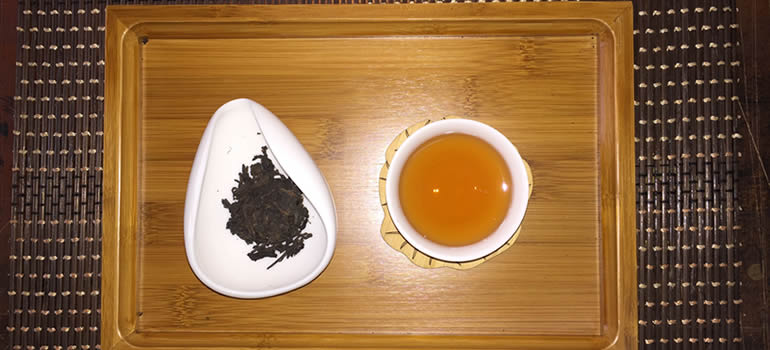
Since pu erh tea comes in different types of flavors, there are also so many ways on how to adjust it. Some tea lovers would say that it tastes bitter, earthy, pungent and even fishy. These flavor differences could be traced from the difference in the tea variety.
- If the pu erh tea is too bitter, you can just keep and store it in a tea caddy to aid in its natural aging. Some pu erh tea is harvested prematurely which results in a bitter and heavy flavor. You can always adjust this by having it stored in an airtight container and leave it for a period of time.
- You can also adjust the steeping time if you are having a bitter flavor of the tea. Longer steeping time will result in a concentrated flavor which is more bitter. To get away with this, you can adjust the 3-4 minutes of steeping time to 2-3 minutes. The shorter steeping time, the less concentrated the flavor will be.
- If you have a pu erh tea which is naturally bitter in flavor, you can just wash the tea leaves before the actual brew. You can wash it using cold running water. This washes away some added aroma such as smokiness and bitterness. The smoky flavor comes from the firing process from tea manufacturing. The smell of the burning firewoods become infused with the tea flavor.
- You can also play around with the temperature of the water to be used while brewing the tea leaves. Hotter water temperature will result in a higher concentration of flavor infusion. While colder water temperature results in a lesser flavor infusion for your tea. This also helps in controlling the earthiness or bitterness of the tea.
Some other flavors to mix with pu erh tea
Since pu erh tea is a black tea, it has a naturally earthy flavor. Some might dislike, but some might just say that it’s all good for them. If you are one of the people who’s not a fan of the earthy flavor, don’t worry! There are some various flavorings and infusions which you could add to craft a nice tea mix of your own.
Chrysanthemum and other aromatic flowers.
The chrysanthemum flower naturally has a sweet and smooth aroma that helps in aiding the strong smell of the tea leaves. It also has a hint of sweetness that could add a variety of flavor into your pu erh tea. Apart from the chrysanthemum you can also add orchids and rose petals. These flowers will give you the same effect as the chrysanthemum flowers.
Honey and other sweets
Adding honey or other sweets to a tea is surely a great delight especially for those tea lovers who have a sweet tooth. The sweetness from the honey can make a flavor distraction to the natural flavors that the pu erh tea has.
Mint leaves
Infusing mint leaves to tea mixes is one of the most popular practices in tea flavoring. The cooling sensation and the refreshing taste of the mint leaves make the tea step up into a whole new level. Though there are some people who don’t appreciate mint leaves that much, it always depends on your preference.
Milk or creamer
Nowadays, milk tea is becoming a popular drink for many people, especially young ones. Adding milk or creamer in pu erh tea creates a fuller and smoother texture of the drink. It helps neutralize the strong earthy flavors that the tea has.
Health benefits of the Pu erh tea
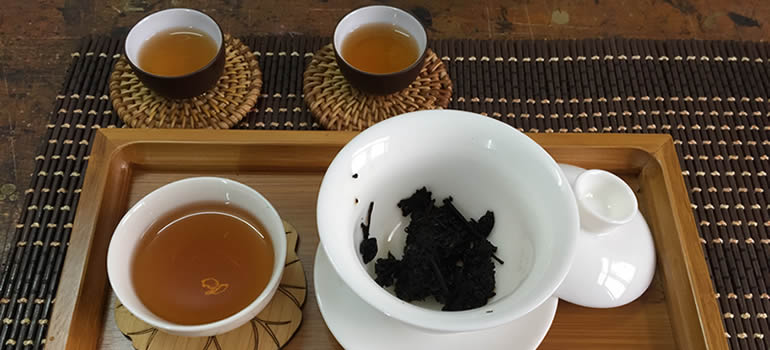
Just like any other tea varieties, the pu erh tea also offers a lot of natural health benefits. The leaves where the tea is made of is already a proven medicinal plant that helps us improve our health in many different ways. The natural aging and fermentation process that the tea leaves have undergone during the manufacturing is said to add the tea a number of unique medicinal properties.
Reduction of bad cholesterol levels
A Chinese study from 2016 says that pu erh tea may help keep cholesterol on good levels. After 20 days of consuming pu erh tea, overweight or obese adults were recorded to have a mild reduction in their cholesterol levels. This medicinal property could help people to lose weight over a period of time.
Natural antioxidant
Pu erh tea contains natural antioxidants that help control damages which are caused by free radicals. These free radicals create toxins in our body which could lead to serious illnesses and diseases such as cancer.
Helps aid digestion
A cup of pu erh tea enhances the digestion and helps soothe stomach problems. It balances out the bacteria we have in our stomach and intestines. It helps the body digest heavy meals.
Reduces stress and improves sleep quality
Pu erh tea contains gamma-aminobutyric acid (GABA) which is responsible for reducing anxiety and stress levels. It also quiets the mind during downtime. If you have peace of mind, your quality of sleep also improves.
Helps prevent heart disease
With the natural abilities of the pu erh tea to control cholesterol levels and flush out toxins, it gives a positive effect on our cardiovascular health. This way, we are reducing our risk from heart disease and other cardiovascular disorders.
Promotes bone health
Drinking the pu erh tea leaves a positive effect on our body’s oxidative stress levels. It also helps in improving internal inflammation which benefits our overall bone health. This takes away the body’s risk from osteoporosis and fractures.
It helps prevent sun damage or photoaging
Photoaging is caused by the sun’s rays, this leads to some skin damages such as wrinkling and aging. The pu erh tea has natural anti-aging properties that fight the natural photoaging problems. It invigorates our skin cells that makes it resistant to sun damages. Some people even use it as a facial toner by using the tea as their facial wash and toner.
Anti-inflammatory
The pu erh tea has anti-inflammatory properties that help ease redness, swelling and other irritation caused by different factors. Some conditions such as arthritis and gout might cause inflammations to affected areas. You can use the tea as a topical solution which is directly applied to the inflamed or affected area. You can also drink a cup or two for a more holistic way of using its anti-inflammatory properties.
Possible side effects of the pu erh tea
Pu erh tea naturally has high caffeine content. A cup of this tea potentially has 60-70 milligrams of caffeine per cup. Caffeine has been proven to be very helpful with mental alertness and focus. Though it serves a very good effect, it should still be taken in moderation. As you reuse the tea leaves for brewing, the caffeine level automatically goes down.
Pu erh tea is generally safe to consume. But having the caffeine content into consideration, pregnant women and children should have a maximum of 1-2 cups of pu erh tea in consumption.
Those people who are suffering from an anxiety disorder, bleeding disorder and glaucoma are advised to seek for doctor’s recommendation before drinking in a large amount of pu erh tea. The caffeine content of the tea might have a negative effect on your current health condition.
Some common medications might also cause interactions with caffeine are:
Anticoagulants, antidepressants, antibiotics, hormones and even medications for cardiovascular conditions.
You should also take note that pu erh tea contains fluorine. Fluorine is a substance that affects our teeth and other skeletal system parts we have in the body. If you drink too much pu erh tea, you are exposing yourself with fluorosis which hastens up the process of teeth damage and decay. It also leaves some stains on the teeth which makes it yellowish-brown in appearance.
The bottom line
Pu erh tea helps us in so many ways in boosting our overall health. It also gives us a refreshing drink to induce our relaxation and makes a good habit during our downtimes. Although the tea is safe to be consumed in moderation, a doctor’s advice is the best to people who have underlying health or physical condition.

